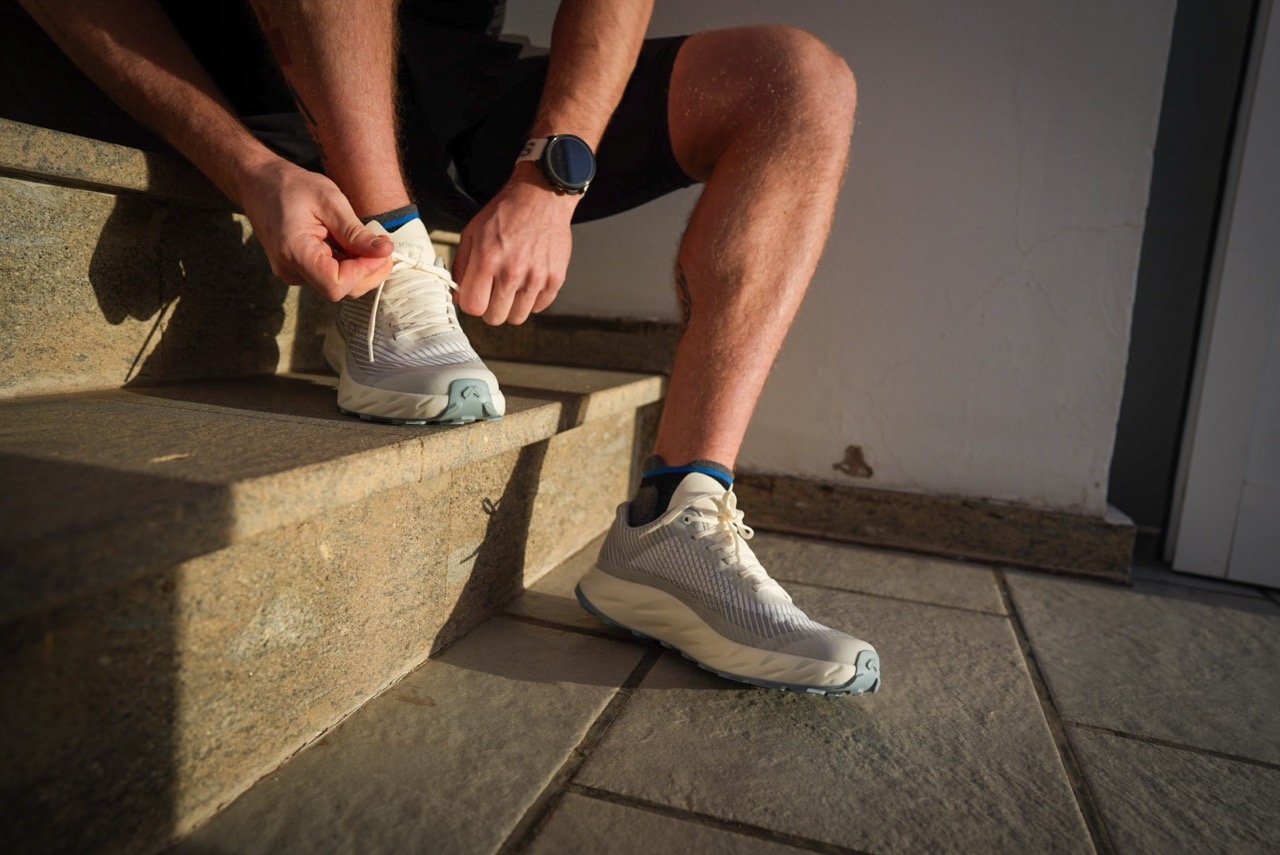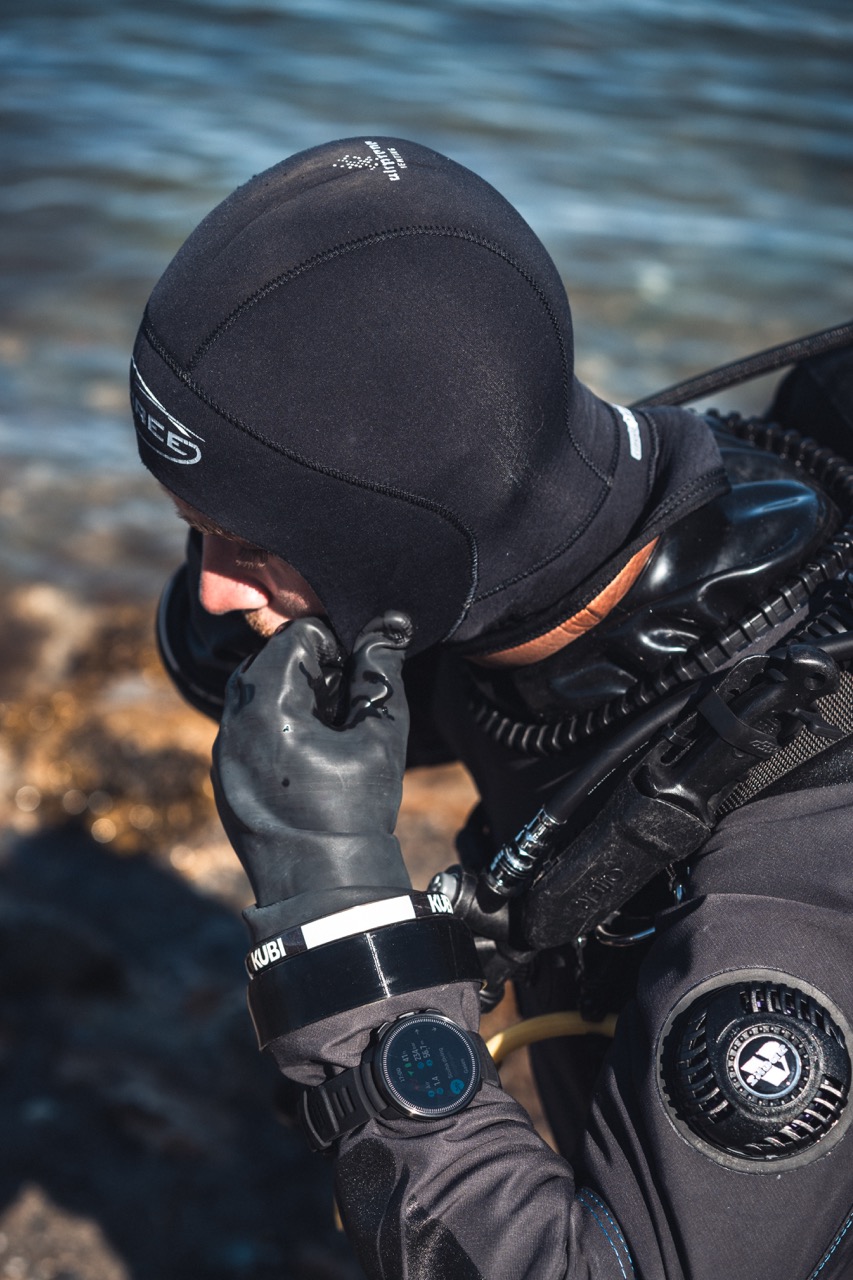What Are Training Zones?
Training zones are intensity levels that help you follow a training plan and reach progress. Each zone targets different physiological systems, helping you build the endurance, power, and control you need for scuba diving. Here’s a breakdown of the most important zones for divers:
Zone 1 – Recovery
Used for warm-ups and active recovery. It promotes blood flow, aids in muscle repair, and helps ensure you’re not overtraining before a dive. Exercising in zone 1 is relatively easy on your body. When it comes to fitness training, intensity this low is significant mainly in restorative training and improving your basic fitness when you are just beginning to exercise, or after a long break. Every day exercises like walking, climbing stairs, and cycling to work are usually performed within this intensity zone.
Zone 2 – Endurance
This is your base-building zone. It improves aerobic efficiency and stamina, perfect to prepare you for long dives or extended underwater activity. Exercising at this intensity feels easy, but workouts with a long duration can have a very high training effect. The majority of cardiovascular conditioning training should be performed within this zone. Long duration workouts in this zone consume a lot of energy, especially from your body’s stored fat. Think steady swims or long-distance walking.
Zone 3 – Tempo / Steady Effort
Exercising in zone 3 begins to be quite energetic and feels pretty hard going. It will improve your ability to move quickly and economically, ideal for when you want to improve your finning, buoyancy control, and dive longer dives. This zone boosts moderate-intensity endurance that you rely on for continuous underwater movement.
Zone 4 – High Intensity
This is where power is built and limits are tested. Training in Zone 4 pushes your anaerobic system, improving your ability to perform in high-stress, physically demanding situations like hauling gear or responding to emergencies underwater.
It’s fast, hard, and effective: a zone that rapidly boosts performance and resilience. But it’s not for every day, as too much intensity without recovery can lead to burnout or injury. Use it wisely, and Zone 4 becomes your edge when the pressure’s on.
Zone 5 – Maximum Effort
This is your redline, the zone of short, explosive bursts where you're pushing at full capacity. Training here targets your VO₂ max and anaerobic threshold, sharpening your body’s ability to respond quickly and powerfully under pressure, giving an edge in critical dive scenarios.
Zone 5 efforts are intense and brief, lasting only minutes. They demand full focus and come with a high recovery cost, which is why elite athletes use them sparingly and strategically. For most fitness enthusiasts, this zone is optional as they are not required, but if you are chasing peak performance, include maximum-intensity workouts in your training program.

How to Calculate and find your heart rate zones
It is important to know your zones to be able to follow a training plan and to keep structure in your training. Use the classic formula (220 – your age) to estimate your max heart rate. You can build your zones off this baseline, but refine it as you get more experience. Once you know your zones, you can focus on gradual progression, tailoring each session to meet your diving goals.
The Suunto Ocean makes zone-based training easy. Use its built-in heart rate monitor and analytics to track how your body is responding to each workout. Start with a basic estimate, then refine as you go with data from your training sessions or tests. Suunto’s tools help you track it all so your training stays intentional, efficient, and aligned with your underwater ambitions.
Why Zone-Based Training Matters for Divers
Each zone develops different capabilities from long-haul endurance to explosive power. By mixing the right training intensity with purpose, you’ll condition your body for more efficient movement, better recovery, and improved control underwater. As Suunto expert Janne Kallio says:
“Training doesn’t need to be complicated.”
